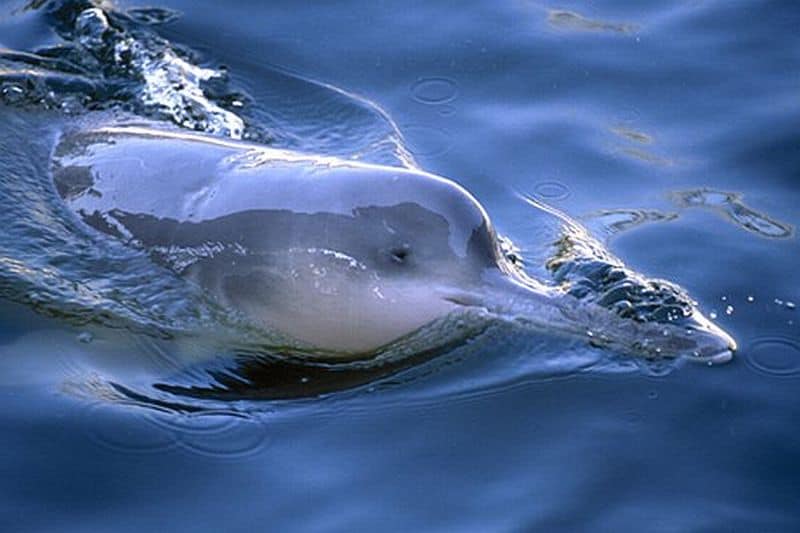Even as world human populations grow, other life is shrinking. With the imminent and ever-growing threat to endangered species, how much longer will they be around? This escalating crisis of earth’s biodiversity loss is moving at a fast rate, compounded by climatic changes, pollution and diseases, habitat loss, broken food chain linkages, introduced invasive species, unsustainable harvesting, over-hunting hunting and poaching.
The IUCN Red List of Threatened Species, is the world’s most comprehensive inventory of the global conservation status of plant and animal species. The International Union for the Conservation of Nature and Natural Resources (IUCN) is the world’s main authority on the conservation status of species. The statistics they have come up with now are most dampening.
The IUCN Red List threat categories are the following, in descending order of threat:
Extinct or Extinct in the Wild;
Critically Endangered, Endangered and Vulnerable: species threatened with global extinction;
Near Threatened: species close to the threatened thresholds or that would be threatened without ongoing specific conservation measures;
Least Concern: species evaluated with a low risk of extinction;
Data Deficient: no evaluation because of insufficient data.
Goodbye Apes
Apes, the closest relatives of humankind face a bleak future. This year almost seven mountain gorillas have been mercilessly killed in the growing Congo conflict. The Western Gorilla (Gorilla gorilla) has moved from Endangered to Critically Endangered, commercial bush meat trade and the Ebola virus have annihilated its main subspecies-the Western Lowland Gorilla (Gorilla gorilla gorilla). The Sumatran Orangutan (Pongo abelii) remains in the Critically Endangered category and the Bornean Orangutan (Pongo pygmaeus) in the Endangered category. Both are threatened by habitat loss due to illegal and legal logging and forest clearance for palm oil plantations.
End of the dolphin goddesses of the Yangtze
If the rivers were filled with the bajji you could be assured that the water quality is good. Earlier in August scientist claimed that one was sighted in the wild, but for now the Yangtze River Dolphin Baiji, (Lipotes vexillifer) listed as Critically Endangered may probably be (Possibly Extinct). The Yangtze River dolphin was a remarkable mammal that separated from all other species over twenty million years ago. Its not that man has been hunting them only they have fallen prey to pollution, over-fishing, fishing nets, boat traffic and obstructions like dams.
Gharial: Fish-eating crocodile
Many have hunted it for the snout, that promises to hold aphrodisiac properties, add to that habitat loss, loss of its main diet as well as hunting; all have contributed to make the Gharial (Gavialis gangeticus) move from Endangered to Critically Endangered. Its population has recently declined by 58%, from 436 breeding adults in 1997 to just 182 in 2006. Dams, irrigation projects, sand mining and artificial embankments have all encroached on its habitat, reducing its domain to 2% of its former range.
Vulture slaughter
As most across the Asian continent use drug diclofenac, to treat livestock, it becomes a source for indirect poisoning of the worlds natural scavengers. Over the last eight years, these birds have faced rapid decline. In Asia, the Red-headed Vulture (Sarcogyps calvus) moved from Near Threatened to Critically Endangered while the Egyptian Vulture (Neophron percnopterus) moved from Least Concern to Endangered.
In Africa, three species of vulture have been reclassified, including the White-headed Vulture (Trigonoceps occipitalis), which moved from Least Concern to Vulnerable, the White-backed Vulture (Gyps africanus) and Ruppell’s Griffon (Gyps rueppellii), both moved from Least Concern to Near Threatened.
Death for them comes in the form of crashing into power lines, lesser food as wild grazing mammals are reduced, poisoned bait intended for livestock predators, such as hyenas, jackals and big cats but consumed by them.
The Woolly-stalked Begonia (Begonia eiromischa) is the only species to have been declared extinct this year. The Wild Apricot (Armeniaca vulgaris), from central Asia, has been assessed and added to the IUCN Red List for the first time, classified as Endangered
Banggai Cardinalfish heavily exploited by aquarium trade.Overfishing continues to put pressure on many fish species, as does demand from the aquarium trade. The Banggai Cardinalfish (Pterapogon kauderni), which is highly prized in the aquarium industry, is entering the IUCN Red List for the first time in the Endangered category. The fish, which is only found in the Banggai Archipelago, near Sulawesi, Indonesia, has been heavily exploited, with approximately 900,000 extracted every year. Conservationists are calling for the fish to be reared in captivity for the aquarium trade, so the wild populations can be left to recover.
Corals in the IUCN Red List
They have been the worst affected by climate change, El Nino and have been added to the list for the very first time. Ten have been added from the island paradise of the Galapagos. with two in the Critically Endangered category and one in the Vulnerable category. Wellington’s Solitary Coral (Rhizopsammia wellingtoni) has been listed as Critically Endangered (Possibly Extinct). The main
In addition, 74 seaweeds have been added to the IUCN Red List from the Galapagos Islands. Ten species are listed as Critically Endangered, with six of those highlighted as Possibly Extinct. The seaweeds are also indirectly affected by overfishing, which removes predators from the food chain, resulting in an increase of sea urchins and other herbivores that overgraze these algae.
Jane Smart, Head of IUCN’s Species Programme, is quoted to have said said:
Our lives are inextricably linked with biodiversity and ultimately its protection is essential for our very survival. As the world begins to respond to the current crisis of biodiversity loss, the information from the Red List is needed to design and implement effective conservation strategies – for the benefit of people and nature.
We are at code red as far as preserving the biodiversity is concerned. Biodiversity conservation should be our number one priority; the valuable efforts until now are not enough! Humankind which is thriving quite well is directly or indirectly, responsible for most species’ decline. What are you going to do about it ?



